June's digest brings a summer sampler that takes you from a beloved annual festival on the National Mall into the artistic world of Monet; offers insights into the lives of White House families and a 15th-century family literally at war with itself; and invites you into the stylish settings created by the most influential of American interior designers.
And, as always, this lively monthly collection is designed to make sure you continue to enjoy what you've come to value from Smithsonian Associates: programs and experiences that are entertaining, informative, eclectic, and insightful.
Indigenous Voices
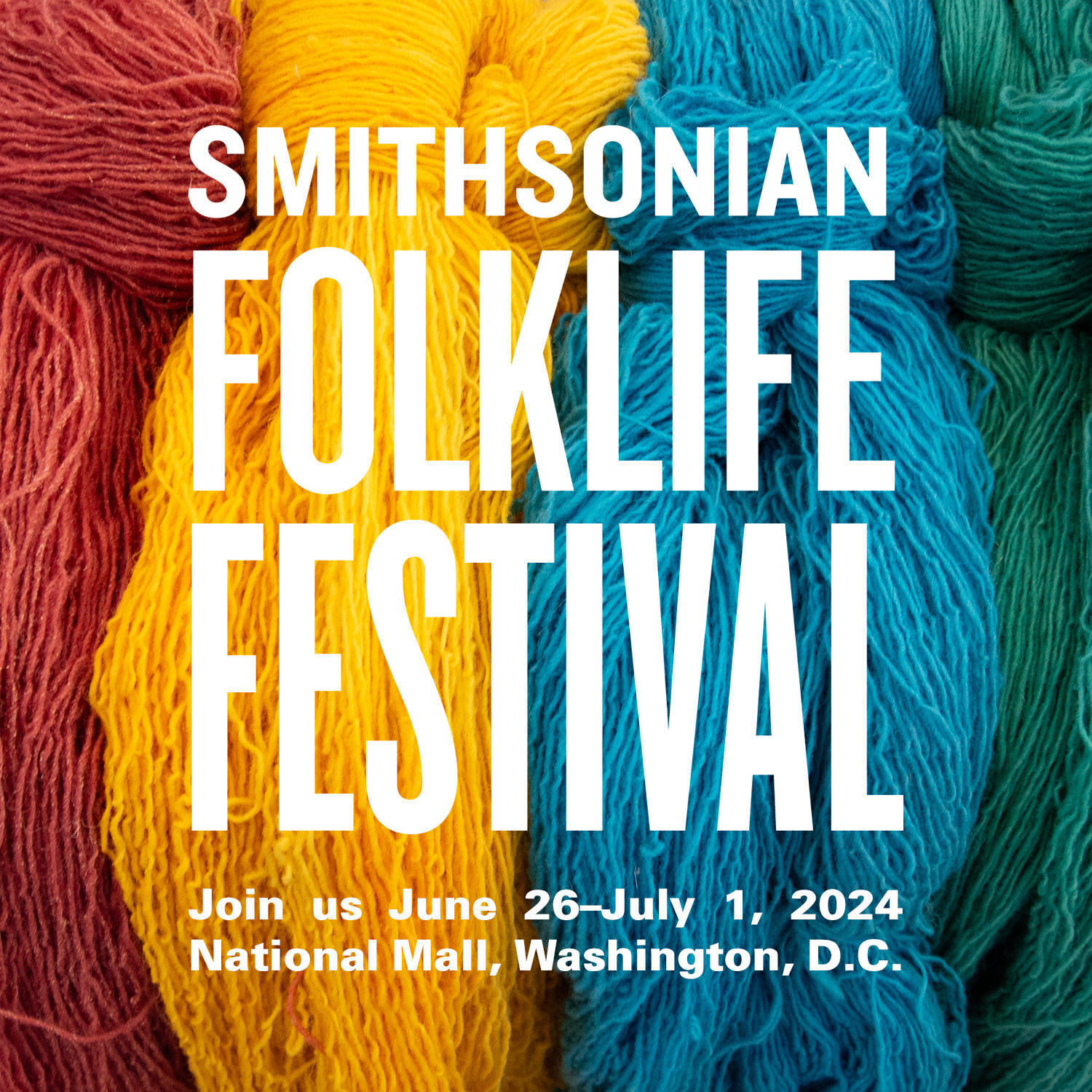
The 2024 Smithsonian Folklife Festival on the National Mall celebrates Indigenous creative expression across the Western Hemisphere and honors the 20th anniversary of the National Museum of the American Indian. From June 26 to July 1, meet Indigenous artists and makers, professional chefs and home cooks, musicians, dancers, athletes, and storytellers who will demonstrate the depth of multigenerational traditions as well as new, innovative approaches to cultural expression.
Join a circle of celebration with stories, songs, and dance. Experience ancestral foods like the Three Sisters (beans, corn, and squash) and inventive, sustainable cuisine. Learn stories that underlie Indigenous sports and games. Hear how Indigenous youth are reclaiming their languages through spoken-word and hip-hop. And explore traditional arts that flourish in their connections to place and environmental knowledge.
For more information, visit https://festival.si.edu/.
Life at 1600 Pennsylvania Avenue
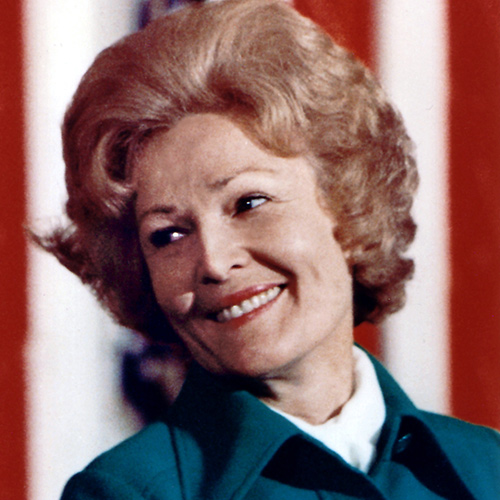 Pat Nixon, 1972
Pat Nixon, 1972
Americans have long been fascinated by lives of the residents of the White House, where events of family life, as well as events of state, take place against a backdrop of history. On Friday, June 21, author Coleen Christian Burke looks at weddings of presidential family members that reflected a mix of the private, the public, and the political-as well as traditional romantic spectacle. She talks about these nuptials through history and focuses on three presidential daughters: Tricia Nixon and Lynda Byrd and Luci Baines Johnson. Sharing details of the grandly elegant style of these celebrations through photos and memorabilia, she examines how the high-profile events played out against the changing cultural and political mores of the day.
One mother of the bride, Pat Nixon, was voted Most Admired Woman in the World in 1972 and made the Gallup Poll's top 10 list of most admired women 14 times. And yet the media often portrayed her as elusive and enigmatic. On Tuesday, August 20, Heath Hardage Lee draws on her new book The Mysterious Mrs. Nixon to examine a figure who bore little resemblance to the woman so often described in the press. Lee discusses the essential nature of this first lady, an empathetic, adventurous, self-made woman who wanted no power or influence but who connected warmly with both ordinary Americans and people from different cultures she encountered worldwide.
Impressions of Monet
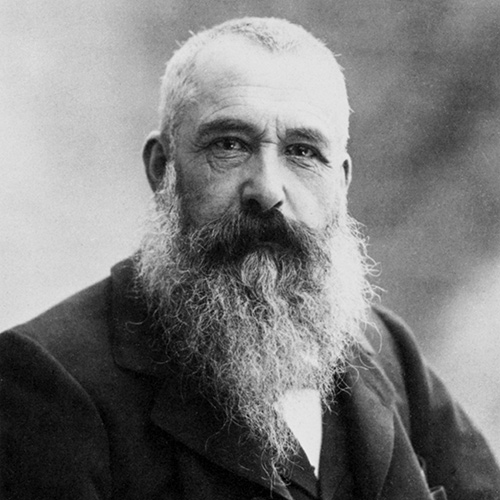 Portrait of Claude Monet by Nadar
Portrait of Claude Monet by Nadar
Monet. The name alone conjures up vivid images: water lilies in Giverny, haystacks in the French countryside, trains pulling into Gare Saint-Lazare in Paris, the spires of the cathedral at Rouen. A pioneer of the Impressionist movement, Claude Monet's paintings captured nature's fleeting moments-and rendered the scenes unforgettable. Art historian Joseph P. Cassar leads an in-depth look at one of the most influential and best-loved Impressionist painters in a 4-part series that runs from Wednesday, July 10 to July 31.
At pivotal moments in his career, Claude Monet would go out with a fellow artist, plant his easel beside his friend's, and paint the same scene. On Monday, June 24, Harmon Siegel, a junior fellow at Harvard University, examines paintings made side by side, showing how Monet explored challenging questions in concrete, practical ways while painting alongside his teachers Eugène Boudin and Johan Barthold Jongkind; his friends Frédéric Bazille and Renoir; and his hero, Édouard Manet.
Monet is one of Impressionist-era creators whose work is in the spotlight during a visit to three of Philadelphia's outstanding collections led by art historian Ursula Rehn Wolfman on Saturday, August 10 and Sunday, August 11. The Philadelphia Museum of Art exhibition "Mary Cassatt at Work" is devoted to the works of the Pennsylvania-born Impressionist, who challenged the conventional expectations of Philadelphia's elite. "Matisse & Renoir: New Encounters at the Barnes" places masterpieces from the same period near each other and traces the development of these two artists. Showcased in an elegant Beaux-Arts-style building, the Rodin Museum's collection of nearly 150 bronze, marble, and plaster sculptures represents every phase of Auguste Rodin's career.
Design for Living
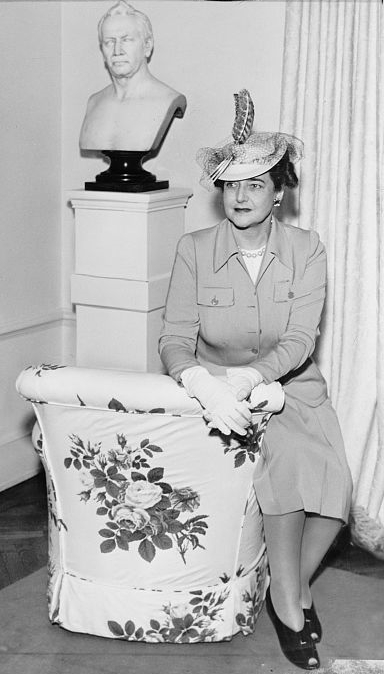 Interior Designer Dorothy Draper, 1942 (Library of Congress)
Interior Designer Dorothy Draper, 1942 (Library of Congress)
The professional interior designer is a relatively modern concept. In the 19th century, the decoration of the American home was often the duty of the architect and the lady of the house, more of a necessity than an art. However, the enterprising spirit of several stylish women in the next century launched an industry that now generates more than 25 billion dollars a year in the U.S., defining what it means to live and look like an American at home.
On Monday, June 24, the Lunchtime with a Curator series welcomes Benjamin Bowery, a research fellow at the Preservation Society of Newport County (Rhode Island), who examines the roots and evolution of American interior design, from the French-obsessed doyennes of the Gilded Age to the midcentury designers, tastemakers, and business owners who defined the aesthetics of the modern era, including Elsie de Wolfe, Dorothy Draper, Mary Wright, and Florence Knoll.
Register for the Program
Family Feud, Plantagenet Style
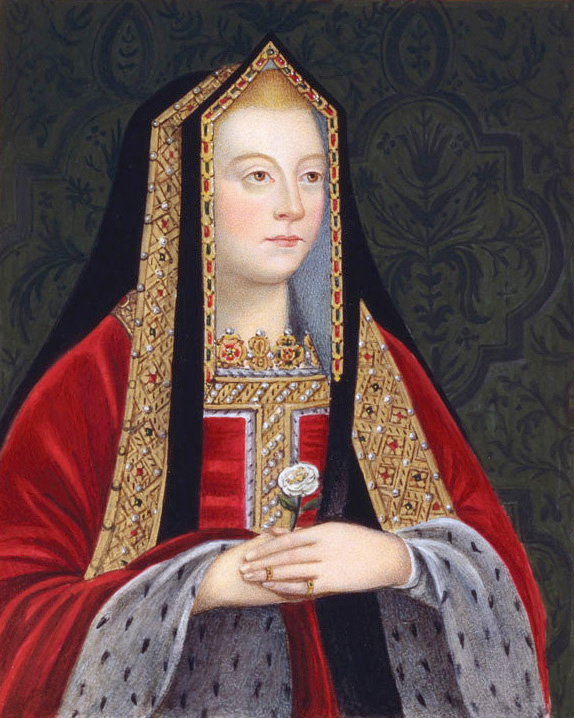 Portrait of Elizabeth of York Holding the White Rose of York, 1825
Portrait of Elizabeth of York Holding the White Rose of York, 1825
Long before royal exploits were splashed across the tabloids, England's ruling family played out their dramas on the national stage during the mid-to-late 15th century. The heirs of Edward III fought a series of battles that came to be known as the Wars of the Roses. With cousins challenging cousins, brothers turning against brothers, and an uncle locking nephews in the Tower of London, this clan seems tailor-made for peak television. On Tuesday, July 30, Tudor and Renaissance scholar Carol Ann Lloyd-Stanger looks at the battles between the houses of Lancaster and York from the inside out, revealing the truth behind Shakespeare's warning in Henry IV, Part 2, "Uneasy lies the head that wears the crown."
Though the story of the War of the Roses usually focuses on the men who fought, died on the battlefield, or survived to take that crown, some of its main personalities were queens, princesses, and duchesses. These remarkable women publicly and privately exerted the influence and wielded the power that shaped the conflict. On Thursday, September 26, Lloyd-Stanger introduces seven wives, mothers, and sisters who helped spin and shred the web of conspiracies that blanketed the English throne: Margaret of Burgundy, Marguerite of Anjou, Margaret Beaufort, Cecily and Anne Neville, Elizabeth Woodville, and Elizabeth of York.
View Past Issues
Select a past issue to view: